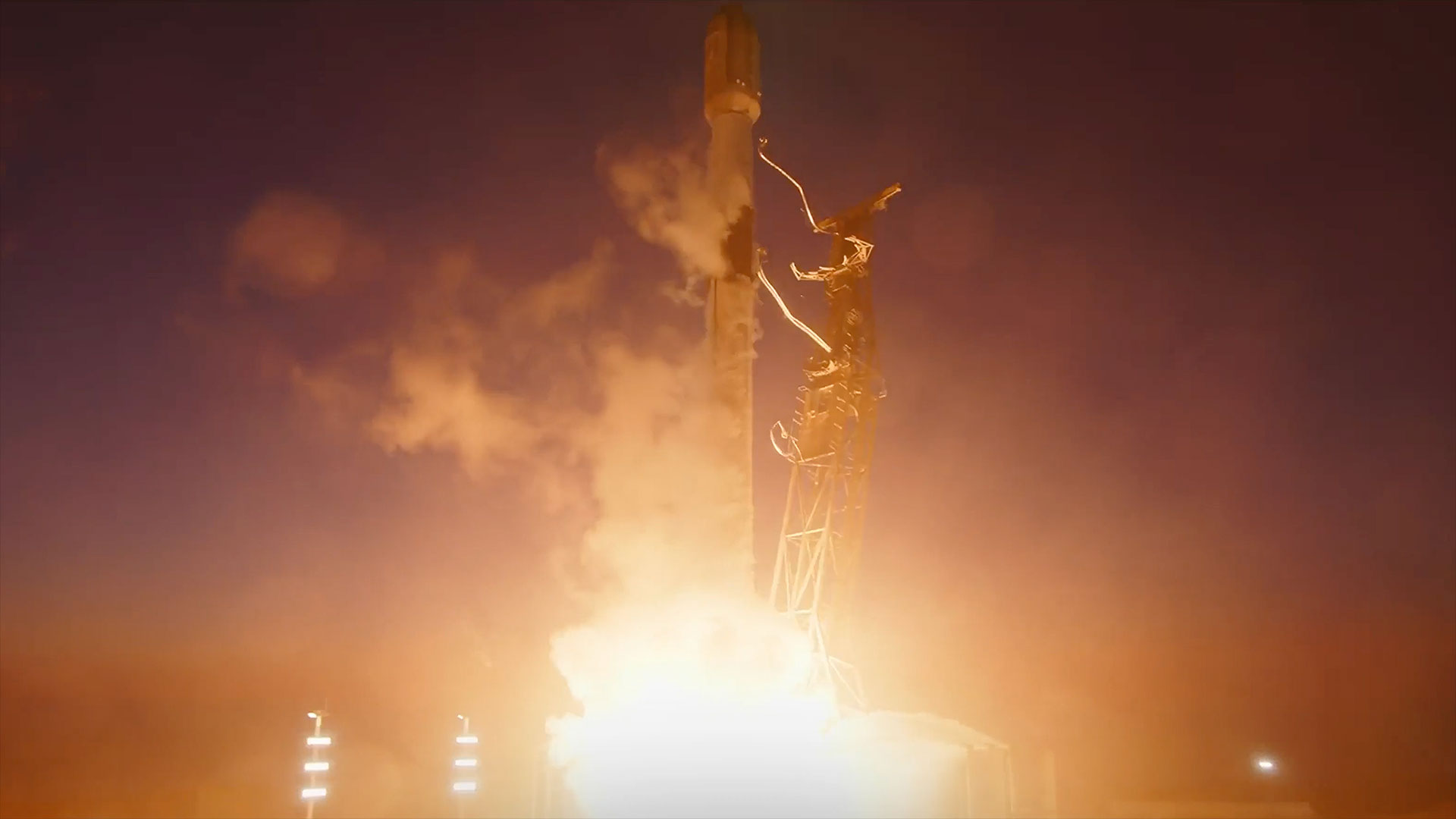What Happened
On June 16, 2025, SpaceX successfully launched a Falcon 9 rocket from the Vandenberg Space Force Base in California, deploying 26 Starlink V2 Mini satellites into low Earth orbit. The launch occurred at 8:36 p.m. PDT (11:36 p.m. EDT), marking a significant milestone as it was the 200th orbital launch from the Space Launch Complex 4 East at Vandenberg. This mission, designated Starlink 15-9, was part of SpaceX’s ongoing efforts to expand its Starlink broadband internet network, which now comprises over 7,760 active satellites.
The Falcon 9 rocket used for this mission was notable for being on its third flight, with the first stage successfully landing on the droneship “Of Course I Still Love You” in the Pacific Ocean shortly after launch. This achievement underscores SpaceX’s commitment to reusability in rocket technology, contributing to cost reductions and increased launch frequency.
Key Details
- Launch Date and Time: June 16, 2025, at 8:36 p.m. PDT (11:36 p.m. EDT).
- Rocket Used: Falcon 9, a two-stage rocket measuring 230 feet in height.
- Mission: Deployment of 26 Starlink V2 Mini satellites into low Earth orbit.
- Launch Location: Space Launch Complex 4E at Vandenberg Space Force Base, California.
- Booster Landing: The first stage of the Falcon 9 successfully landed on the droneship “Of Course I Still Love You,” marking the 463rd booster landing for SpaceX.
- Upcoming Launches: SpaceX has additional launches planned for June, including a rideshare mission and a government satellite deployment.
Multiple Perspectives
The successful launch was met with enthusiasm from space enthusiasts and industry observers, highlighting SpaceX’s role in advancing satellite internet technology. Supporters argue that the expansion of the Starlink network will improve internet access in remote areas, potentially transforming connectivity for underserved populations. According to SpaceX, the Starlink system aims to provide high-speed internet globally, which could have significant implications for education, business, and emergency services.
However, there are concerns regarding the environmental impact of launching large numbers of satellites into orbit. Critics argue that the proliferation of satellites contributes to space debris and could interfere with astronomical observations. Additionally, there are ongoing discussions about the regulatory framework governing satellite constellations and their potential effects on existing satellite operators.
Context & Background
SpaceX, founded by Elon Musk, has become a leader in the commercial space industry, known for its innovative approach to rocket design and launch operations. The company’s Starlink project aims to create a global broadband network using a constellation of satellites in low Earth orbit. Since its inception, Starlink has faced both technical challenges and regulatory scrutiny, but it has also achieved significant milestones, including the recent launch of its 200th mission from Vandenberg.
The Vandenberg Space Force Base has emerged as a key launch site for SpaceX, particularly for missions targeting polar orbits. The base’s strategic location allows for launches that minimize risks to populated areas, making it an ideal site for deploying satellites.
What We Don’t Know Yet
While the recent launch was successful, uncertainties remain regarding the long-term sustainability of the Starlink project. Questions persist about the potential for space debris accumulation and the effectiveness of regulatory measures to mitigate these risks. Additionally, the impact of Starlink’s service on existing internet providers and the broader telecommunications landscape is still unfolding.
Future launches are subject to delays caused by various factors, including technical issues, weather conditions, and regulatory approvals. SpaceX has not officially confirmed all upcoming launch dates, and the schedule may change as new missions are planned or existing ones are adjusted.
In summary, the recent SpaceX launch from Vandenberg Space Force Base represents a significant step in the company’s efforts to expand its satellite internet network, while also raising important questions about the implications of such rapid advancements in space technology.





